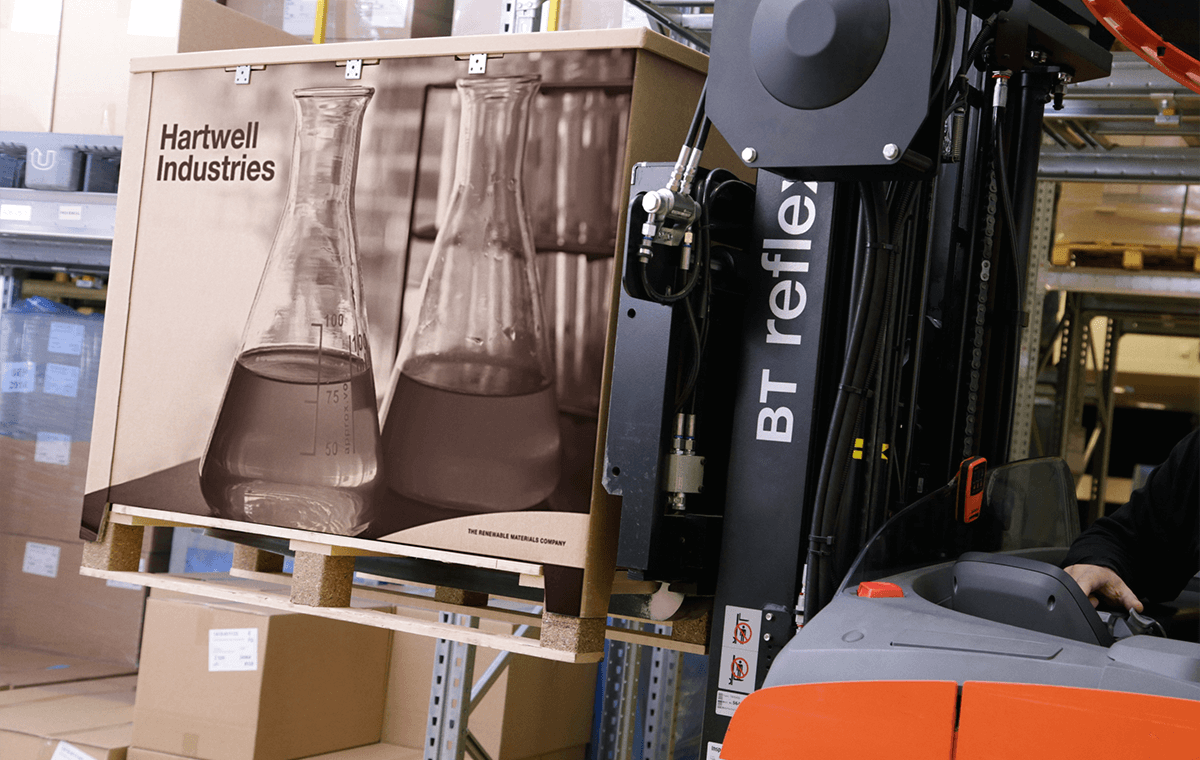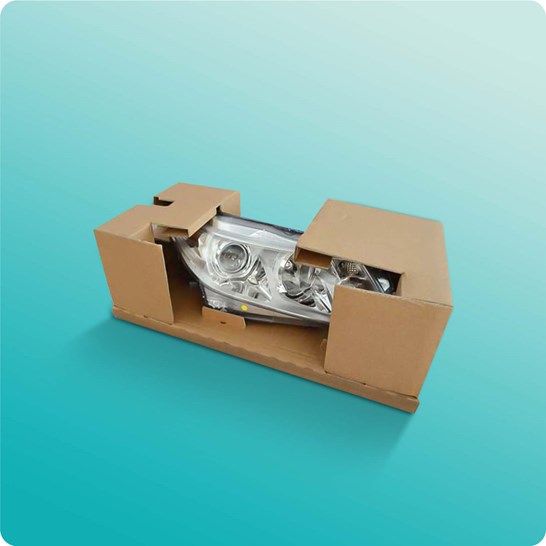Bulk Container Recycling Initiatives: Sustainably Browsing Market
Bulk Container Recycling Initiatives: Sustainably Browsing Market
Blog Article
Reliable Industrial Recycling Solutions for Lasting Product Packaging: A Comprehensive Overview
In today's progressively environmentally-conscious globe, the need for lasting packaging options has actually never been higher. To fulfill this demand, businesses throughout industries are proactively seeking reliable commercial recycling remedies. Nonetheless, navigating the facility landscape of lasting product packaging can be challenging without a thorough guide. That's where this detailed overview on effective commercial recycling solutions for lasting product packaging comes in. By discovering vital areas such as product packaging product option, creating for recyclability, executing reusing framework, collaborating with reusing companions, and monitoring and measuring recycling success, this guide will certainly furnish you with the knowledge and tools required to make educated decisions and drive favorable change within your organization. Whether you're a product packaging expert, sustainability manager, or simply curious about the subject, this overview will provide valuable understandings and techniques to help you browse the globe of lasting product packaging.
Product Packaging Material Choice
The option of product packaging materials plays a critical role in making certain the sustainability of industrial recycling services. When it pertains to lasting packaging, the selection of materials is essential in reducing ecological impact and optimizing recycling efficiency. Picking the appropriate products can help in reducing waste generation, preserve sources, and promote a circular economy.
Materials like cardboard, paper, glass, and certain kinds of plastics can be reused several times without shedding their quality. On the other hand, materials that are hard to reuse, such as non-recyclable compounds or mixed plastics, can develop challenges for the reusing process and may finish up in garbage dumps or burners.
Another consideration is using eco-friendly and naturally degradable products. Packaging made from renewable energies, such as plant-based plastics or biopolymers, can help minimize dependence on nonrenewable fuel sources and alleviate environment change. In addition, biodegradable products damage down naturally gradually, minimizing the accumulation of waste in land fills.
Moreover, the weight and volume of packaging products should be reduced to lower transportation expenses and energy usage. Lightweight products not just need less sources during manufacturing yet likewise contribute to decrease carbon exhausts during transportation.
Creating for Recyclability
In order to make sure the recyclability of product packaging products, thoughtful design is vital. Designing for recyclability involves developing packaging that can be conveniently sorted, divided, and refined in recycling centers. One important facet of developing for recyclability is the selection of materials. Product packaging designers must prioritize using materials that are extensively approved for reusing and have actually established reusing infrastructures. Materials such as glass, light weight aluminum, and particular sorts of plastic, like pet dog and HDPE, are commonly reused and need to be favored over products that are tough or expensive to recycle.
One more essential consideration in designing for recyclability is the elimination of unneeded elements or materials. By reducing the number of layers, coverings, and additional components, packaging can be made less complex and much easier to recycle. Furthermore, developers should intend to lower making use of blended materials, as they can complicate the recycling process.

Implementing Recycling Infrastructure
Efficient implementation of recycling facilities is vital for the success of industrial reusing services. Without appropriate infrastructure in position, the reusing process ends up being inadequate and inefficient, impeding the total goal of sustainable product packaging.
To implement reusing framework efficiently, numerous essential aspects need to be thought about. Firstly, there ought to be an efficient collection system that helps with the splitting up and collection of recyclable products. This can consist of designated recycling containers in public rooms, as well as partnerships with waste monitoring companies for curbside pickup and sorting.
When accumulated, the recyclable products need to be delivered to reusing facilities in a timely manner. This needs efficient logistics and transportation networks, making sure that the materials get to the suitable facilities immediately.
At the recycling centers, progressed sorting and processing modern technologies ought to remain in location to separate different sorts of products effectively. This consists of making use of automated arranging makers, optical scanners, and hand-operated click resources sorting strategies.
In addition, there must be a robust market demand for recycled products. This can be achieved with collaborations with manufacturers and sectors that utilize recycled products in their manufacturing procedures. Developing a secure market for recycled products incentivizes the reusing market and promotes the round economy.
Teaming Up With Recycling Allies

One secret element of collaborating with recycling companions is the facility of clear communication networks. It is essential to develop open lines of interaction to facilitate the exchange of info, updates, and responses. This permits both celebrations to stay educated regarding the progress of reusing initiatives and attend to any kind of difficulties or issues that might occur.
In addition, partnership can involve joint initiatives in developing and implementing reusing programs. Recycling partners can supply valuable understandings and guidance in establishing efficient collection systems and establishing one of the most appropriate recycling innovations. her response By collaborating, companies and reusing partners can maximize the recycling process and lessen waste.
Moreover, cooperation can prolong beyond the functional elements of reusing. It can likewise encompass advocacy and education and learning campaigns. By joining forces, businesses and reusing companions can increase understanding about the relevance of recycling and advertise the fostering of sustainable packaging methods amongst customers and other stakeholders.
Monitoring and Measuring Recycling Success
To make sure the efficiency of commercial reusing services and the achievement of sustainable packaging objectives, it is critical for companies and their reusing companions to establish an extensive system for tracking and measuring recycling success (industrial metal packaging). Tracking and gauging recycling success permits businesses to evaluate the effect of their reusing initiatives, recognize areas for renovation, and set meaningful targets for future progression
One method to track reusing success is via the use of information collection and analysis devices. By collecting data on the amount of packaging waste generated, the percentage of waste that is recycled, and the kinds of materials being recycled, companies can gain beneficial insights right into their recycling performance. This information can then be analyzed to recognize fads, patterns, and areas of inadequacy.
Another important facet of monitoring and measuring reusing success is establishing clear and standardized metrics. This permits businesses to compare their efficiency against market standards and track their development in time. Metrics such as recycling prices, waste diversion rates, and greenhouse gas exhausts can supply a quantitative step of a service's reusing success.

Conclusion
In verdict, carrying out effective industrial recycling remedies for sustainable product packaging needs careful factor to consider Bonuses of product packaging material selection, making for recyclability, carrying out recycling infrastructure, collaborating with recycling companions, and tracking and measuring recycling success. By integrating these practices, organizations can add to a much more environmentally-friendly and lasting strategy to packaging, decreasing waste and advertising the circular economy.
By checking out key locations such as packaging product selection, making for recyclability, carrying out recycling facilities, teaming up with recycling companions, and tracking and measuring recycling success, this overview will certainly furnish you with the expertise and devices necessary to make informed decisions and drive positive change within your organization. Product packaging developers need to focus on the use of materials that are widely accepted for reusing and have actually developed recycling facilities.Partnership with recycling partners is essential for the successful implementation of industrial reusing options and the accomplishment of lasting packaging objectives. By signing up with forces, businesses and recycling partners can elevate awareness about the relevance of reusing and advertise the adoption of sustainable product packaging methods amongst customers and other stakeholders.
By gathering information on the quantity of packaging waste generated, the portion of waste that is reused, and the types of products being recycled, businesses can obtain beneficial insights right into their reusing performance.
Report this page